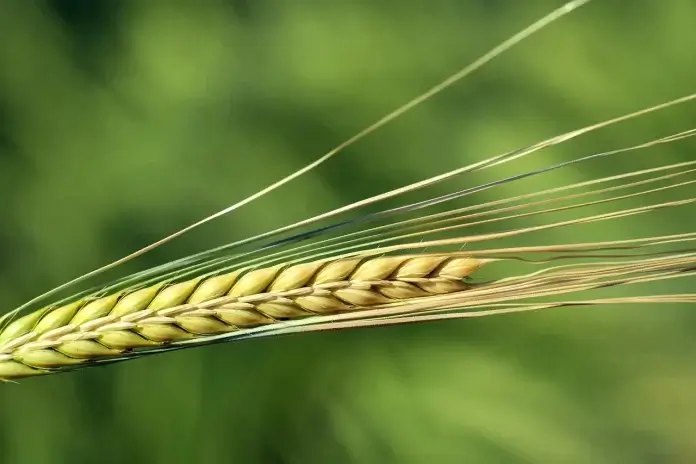Humanity has been availing the Benefits of Barley for centuries. Barley has been longer cultivated than any other cereal. Also, the bread made from barley was a major source in the Middle Ages. Barley mainly serves as a main animal feed crop; lesser amounts of barley are used in health foods and in the malting process.
It was so heavy that when baked into round flat loaves it made perfect plates. Because it was so heavy, it fell out of favor, to be superseded first by oats and then by wheat. Although malt made from its roasted and germinated seeds is still vital to the brewing industry, and a popular sweetener. Barley is a member of the grass family, growing in a temperate climate.

In traditional medicine, barley (Hordeum vulgare) has always been highly valued for its demulcent qualities. It is uniquely soothing to inflammatory conditions of the intestines and the urinary tract, and herbalists recommend plenty of barley water to help counter the painful irritation of cystitis and constipation. Barley water is also a useful drink for the sickroom: carefully wash heaped tbs pot barley. Put it in a pan with ½/1pt water, bring to a boil, cover, and simmer gently for 30 minutes strain.
Like other grains, barley is mineral-rich, with particularly high levels of calcium and potassium, and plenty of B-complex vitamins, making it useful for people suffering from stress or fatigue, and nourishing food for convalescence.
Researchers studying the cholesterol-lowering effect of cereals wheat, rye, oats, barley have found that their coarse outer layers are rich in substances that inhibit the synthesis of cholesterol by the liver. Dr. Rosemary K Newman at Montana State University has found that gummy fibers present throughout the barley grain, not just in the outer coating, called beta-glucans, have an even more dramatic cholesterol-lowering ability can also lower blood pressure and a risk factor for cardiovascular diseases.

Nutritionally, however, pot barley the little beige dehulled grains which are highly superior to clean or pearl barley. Use barley in soups, as stuffing for poultry, and in the famous Kruska of Swedish naturopath Are Waerland. Or make it into delicious bread with the ingenious new method discovered by researchers at the Food and Agriculture Organization in Rome.
The most typical IE food grain was barley. It eventually stems, along with wheat, from the Fertile Crescent. Its IE term may originally just have meant “The Grass” as it is derived from the verbal root to graze. It is also the most extensively spread Indo-Aryan term for cereals. Originally it was the most common food for humans and was later added to by rice. Barley, just like wheat, originally stem from the Near East.







